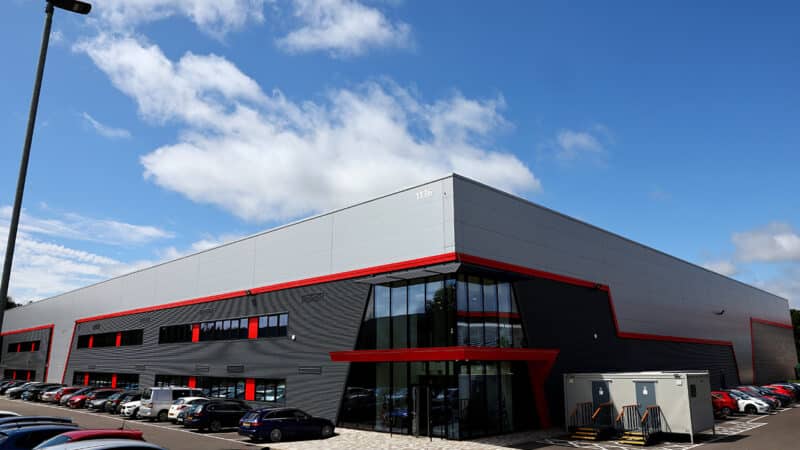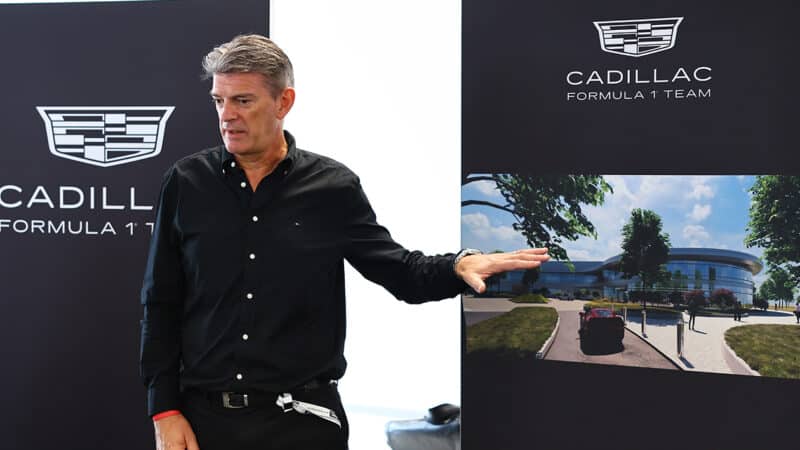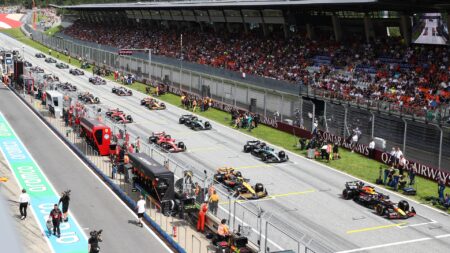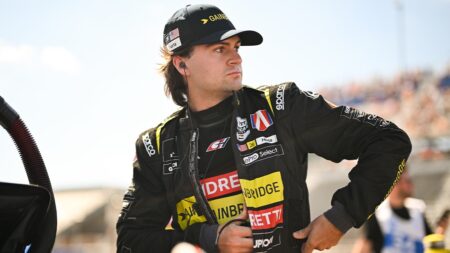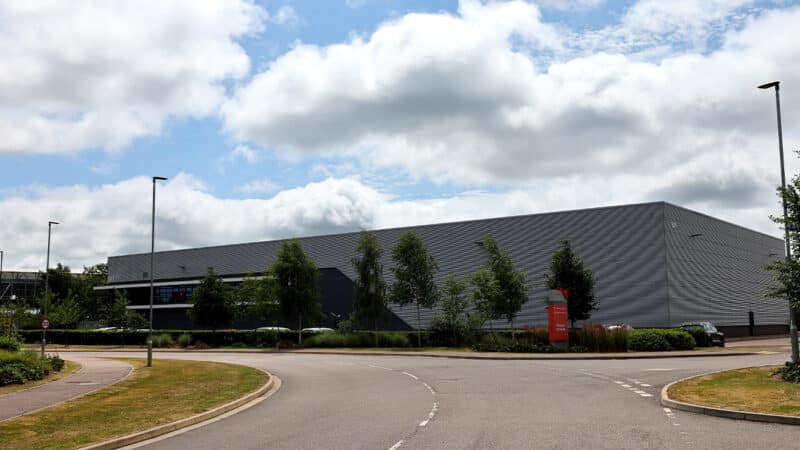F1 newest team applied to join the grid when applications were opened in early 2023, initially as part of Andretti Global, which races in IndyCar, IMSA and Formula E, and is led by Michael Andretti, the former F1 and IndyCar driver, with the involvement of his father, F1 world champion Mario Andretti.
It was the only bid approved by racing’s governing body, the FIA, but failed to get the green light from F1, amid disgruntlement from some existing teams which didn’t want their prize money to be diluted by an eleventh constructor.
Senior F1 figures also saw Michael Andretti as a hindrance, a situation that was only inflamed when US Congress members began investigating the situation for a potential breach of competition laws.
The situation was defused when the bid was rebranded. The team is now a partnership between TWG, Andretti Global’s parent company and General Motors, which owns Cadillac. It will use Ferrari engines until it develops its own power unit for the 2029 season.
The whole process took 764 days, a number that isn’t difficult to recall for Lowdon, who insists that he never lost faith in getting the go-ahead.
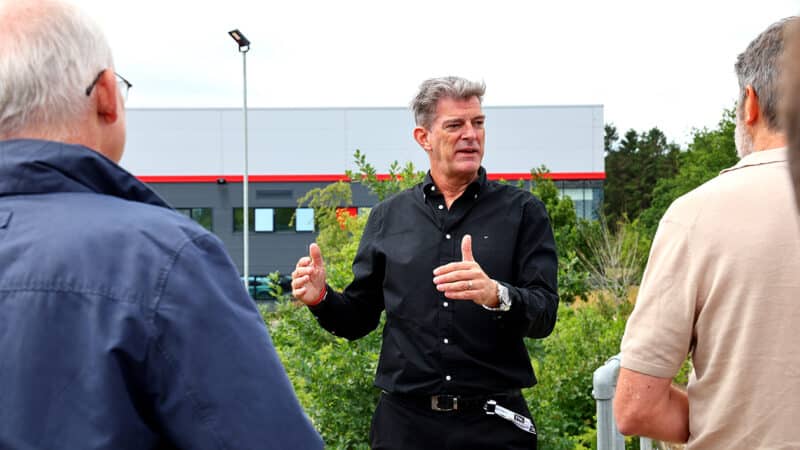
Lowdon speaks to journalists at Silverstone
It’s just as well because he had to begin spending money on developing a car, knowing that if he waited for final approval, it would be too late.
“You can’t wait to actually get the approval,” he says. “You have to take a risk if you’re going to race because the entry process is specifically for entry in a certain number of championship years. So if you just wait until you get the entry and then start doing everything that we’ve been doing, you would time out.”
The team set-up in Silverstone in April 2024 and has been working at pace ever since. “One of the advantages – and there have been very few, I have to say – of coming in as a new team is we were outside of the aero regulations until earlier this year.
“It meant that we could go into the wind tunnel in the middle of last year with a ‘26 car already. That said, we couldn’t get any tyres from Pirelli because you have to be a Formula 1 team, so we have to make our own wind tunnel tires. So there were drawbacks to the process, but we’ve been in that wind tunnel in Cologne now with the ‘26 car since the middle of last year.
“By December of last year, we were already prototyping together with our partners AP Racing [new] brake and brake duct assemblies. We actually had our first 2026 floor delivered in January. So that’s before we even got the entry. There is no other way of doing the process as it currently stands.”
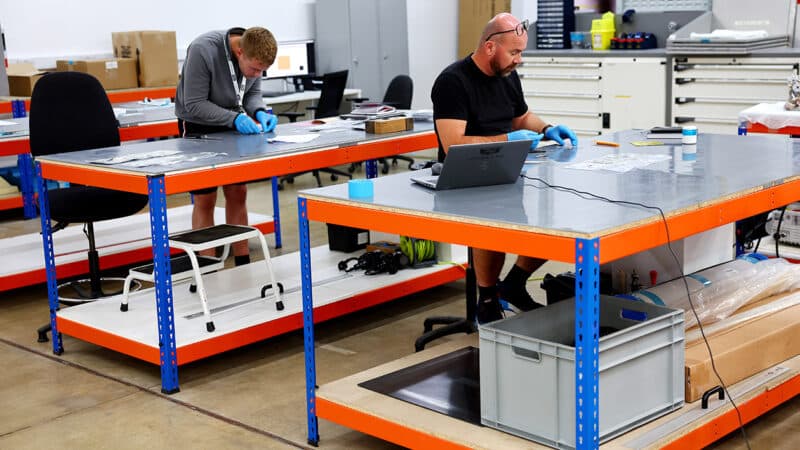
Model shop has a live feed of wind tunnel testing
One aspect to the simultaneous processes of recruiting, designing and developing facilities is that teams have had to get used to moving from one temporary location to another, as the Silverstone site, which will consist of four existing industrial buildings, is adapted to the team.
It’s clearly a work in progress as we walk past a hall that’s been excavated to create the solid foundations needed for equipment and into a temporary model shop where parts for the wind tunnel model are 3D-printed and machined. Staff can see the fruits of their labour with a feed from the tunnel in Germany.
This is one of Silverstone’s key roles within the Cadillac team: while the car will be assembled in the new Fishers, Indiana headquarters, the aero modelling will be carried out in Britain, where the parts are collected by van and taken to Cologne for testing.
